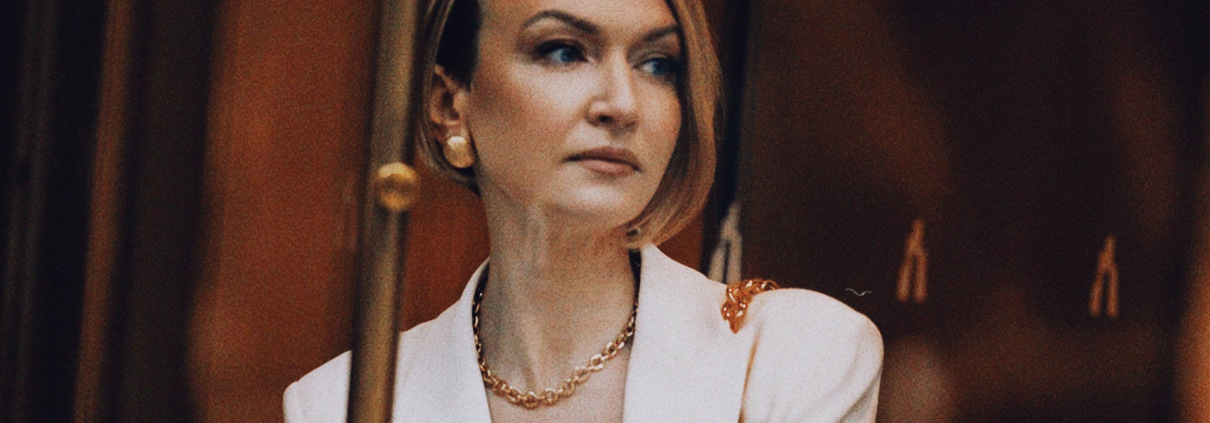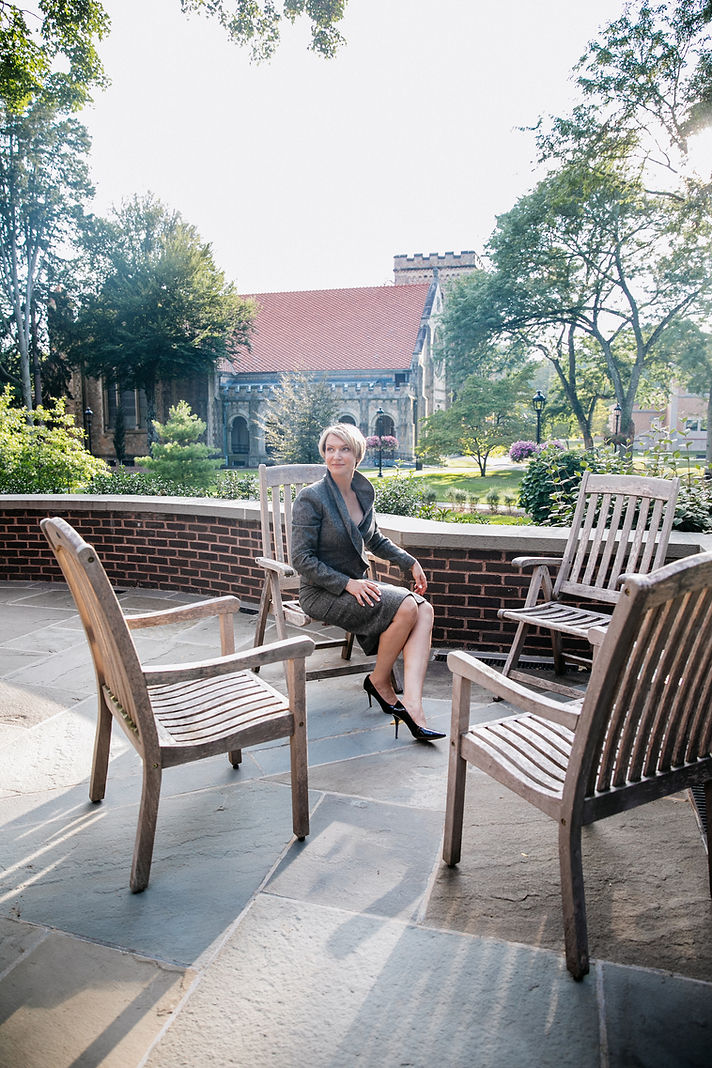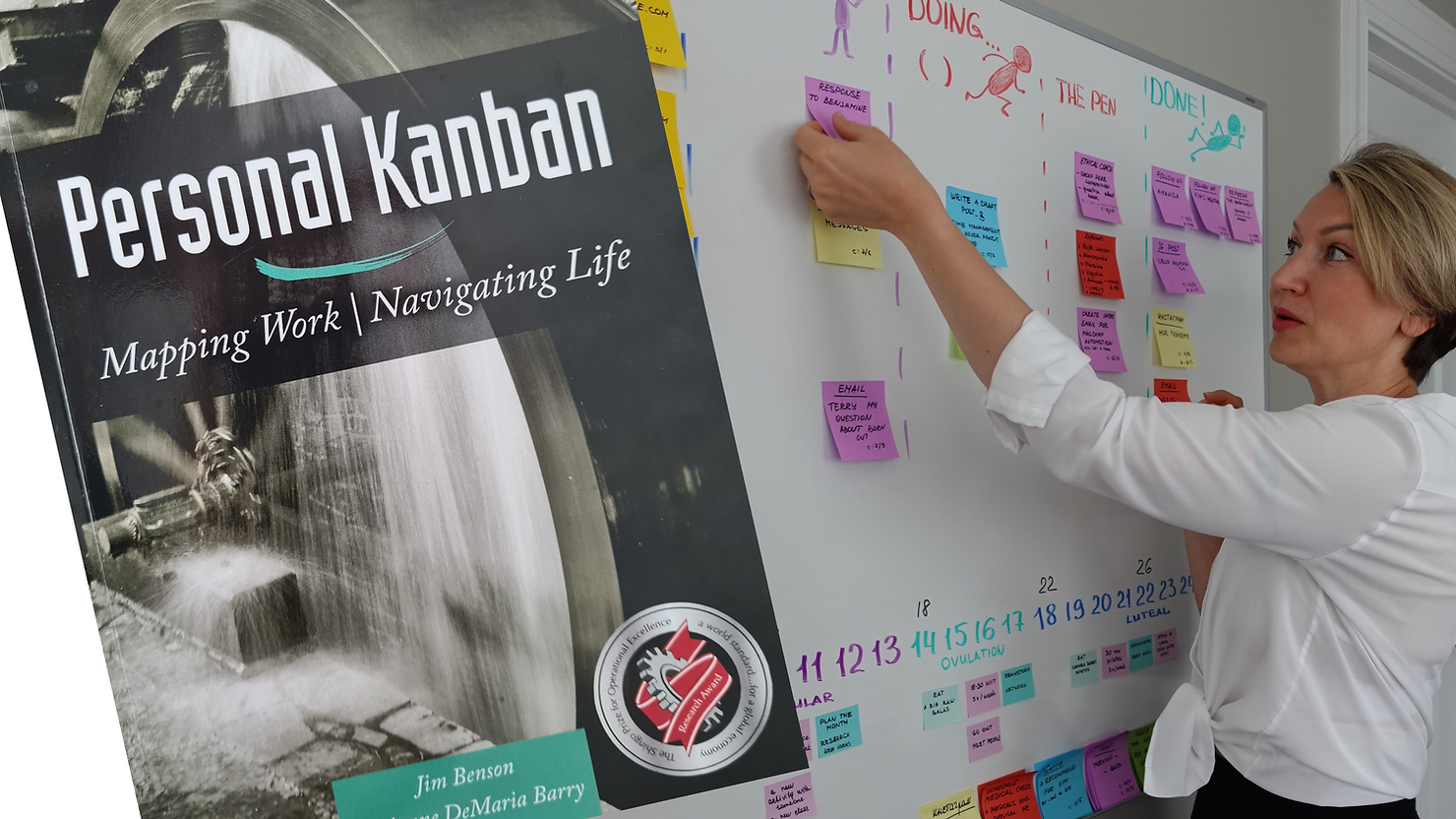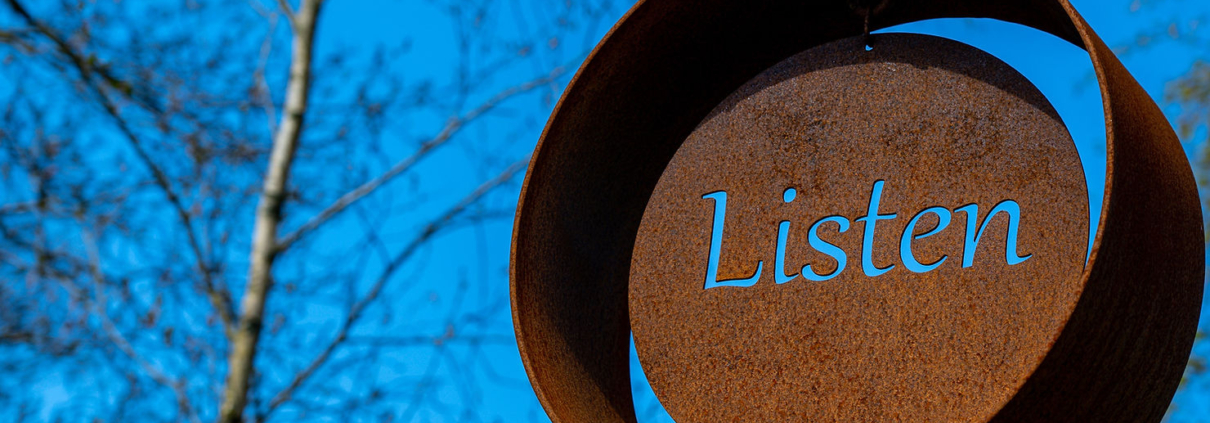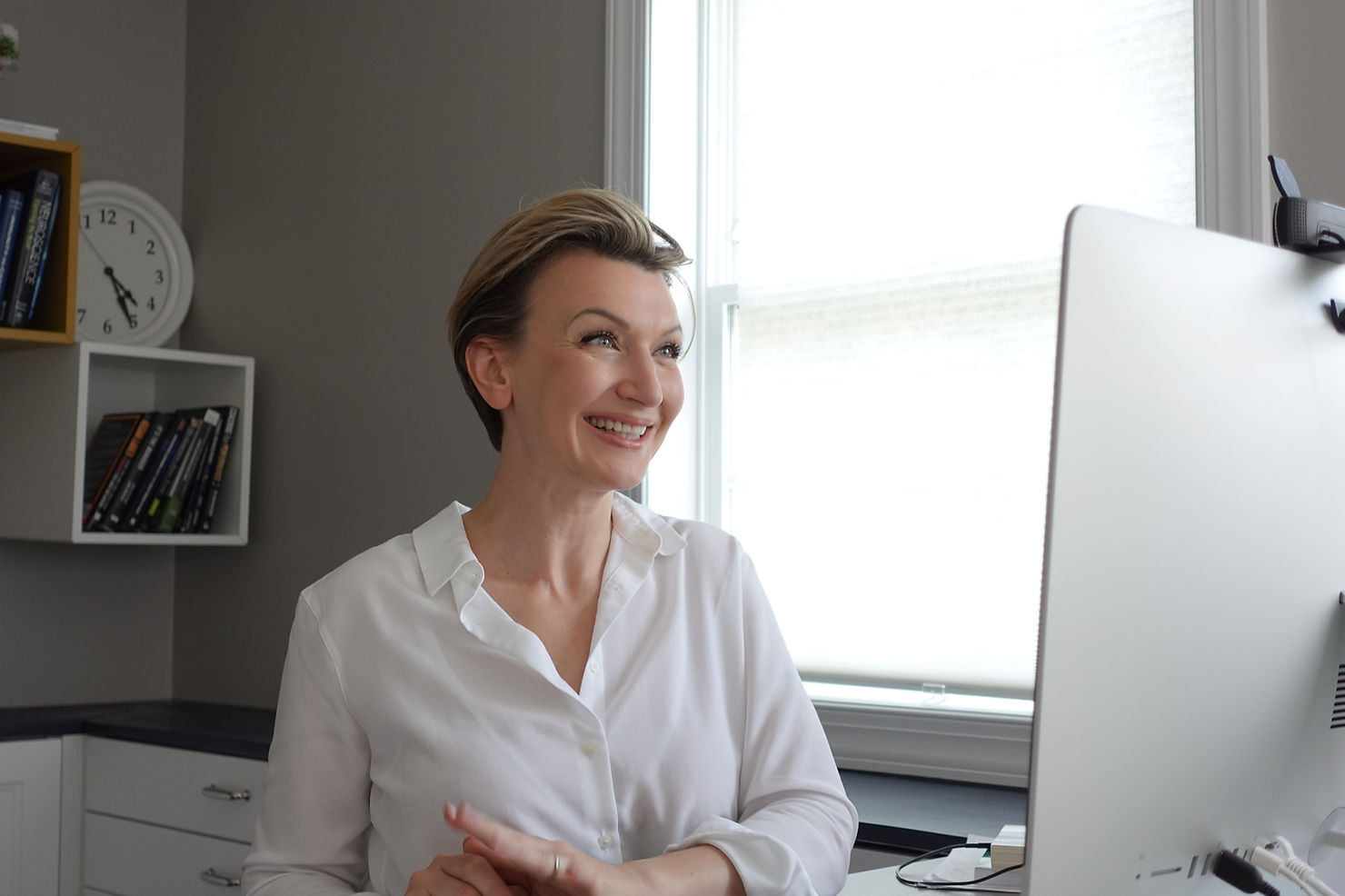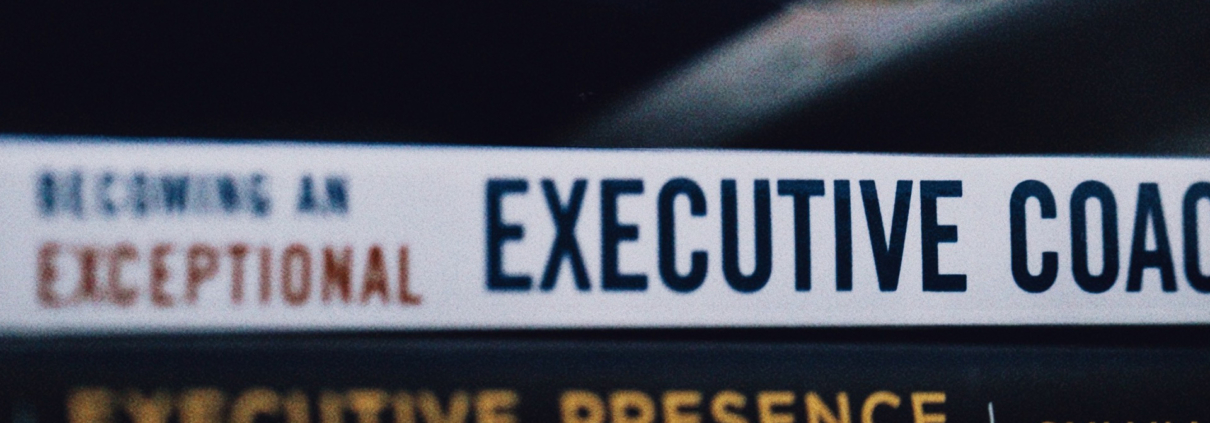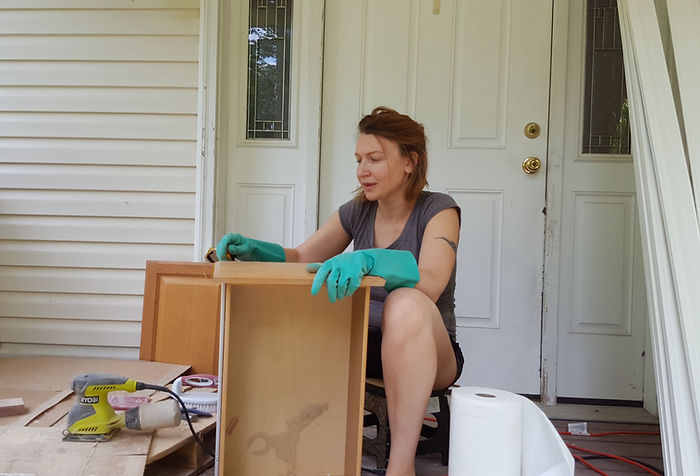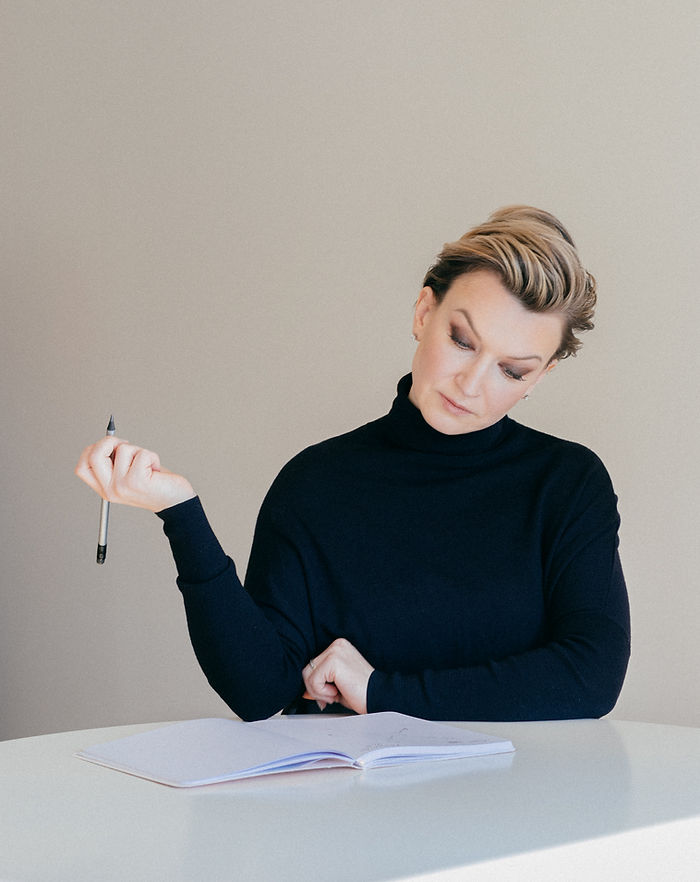I recently asked members within my community to share topics that were on their minds. The challenges of work/life integration came up multiple times, and this encouraged me to research and dig deeper… to look for possible solutions.
The area I want to focus on today is around how we manage ALL of the various roles that we play.
What is the first thing on your mind when you open your eyes in the morning? For one of my clients, it is “I’m late…”
She begins her day with a sense of already being behind, feeling guilty and feeling unable to keep up with the various demands of each of her roles. We often think of our “role” at work, but we wear so many hats throughout our day and navigate – sometimes seemingly seamlessly – back and forth between them all. We don’t usually see ourselves as taking on these different personas. After all, you might think, I’m just ME. But, there is an energy and an effort to these many roles, and it can lead to many of the feelings my client expressed.
The one that bothered her the most: the feeling that she is not paying attention to her family and the people she loves.
You may wonder, if I am an executive coach, why are her feelings about her waking hours and family and – gasp – love, an area of her life I want to address? The reality is, when I coach someone, I am coaching them as a whole person. We cannot face the professional without the personal coming along for the ride.
I decided to try an exercise with her, and I encourage you to try this, too.
Make a list of all the roles that you play. And, be specific.
Your role can be a wife.
A mother.
A mother to a child with a disability.
A daughter.
A daughter to parents that live in two different cities.
A friend.
A friend of Jane who is going through an illness.
An athlete.
A sister.
A professional.
Now, did you make your list?
First, do not judge the list; simply reflect.
● How many roles do you have?
● What roles are dominant (perhaps not due to importance, but maybe burden)
● How do you feel about these roles?
Remember, this list is the whole you… it is YOU who will play these roles.
Now, go deeper in your reflection:
● Why do I play this role? (Compulsion? Interest? Expectation? Requirement?)
● Who made the decision that you will play this role? (Was it you?)
● To what extent do you enjoy this role?
● What is in it for you?
● Ask yourself: How does this role impact me progress on my way to be a better me, future me, progress? How does this role contribute to your development and growth?
● Which roles do you prefer to get rid of and why?
Some roles we are born into. Some roles we choose. Take an opportunity to analyze and reflect.
What do you observe?
Perhaps you have several roles you enjoy and some you don’t. What does this bring up for you?
For the roles that you have chosen, is there anything you have found you can take off of your plate that you hadn’t even considered? For example, perhaps you have several volunteering commitments. You see this as a big part of your life and an important role: that of a giver. You like to be active, but did you take on more and more without pausing?
Time to take action…
Now, to be honest, if I’m lucky enough, you read this article to the end and now you’re reading these words. (hi, by the way!)
This is a win for me and a win for you.
However, reading motivational content creates an illusion of change. To overcome this illusion, and make real progress, take the time to do the exercises above and reflect. One of the biggest gifts you can give to yourself is the gift of your own time, self-reflection, and self-care. Give yourself that gift now.
The people who propel themselves forward are the ones who practice and take action. They are open to failing (and “failing fast”), studying what happened and then getting back up again and doing something different.
Dig deep. Experiment. Reflect. Enjoy the process. What are the roles you play? What does your pie look like?
And, maybe most importantly: What are you ready to change?
Photo with a pie by Toa Heftiba on Unsplash, Photo with a woman with kids by Alexander Dummer on Unsplash


